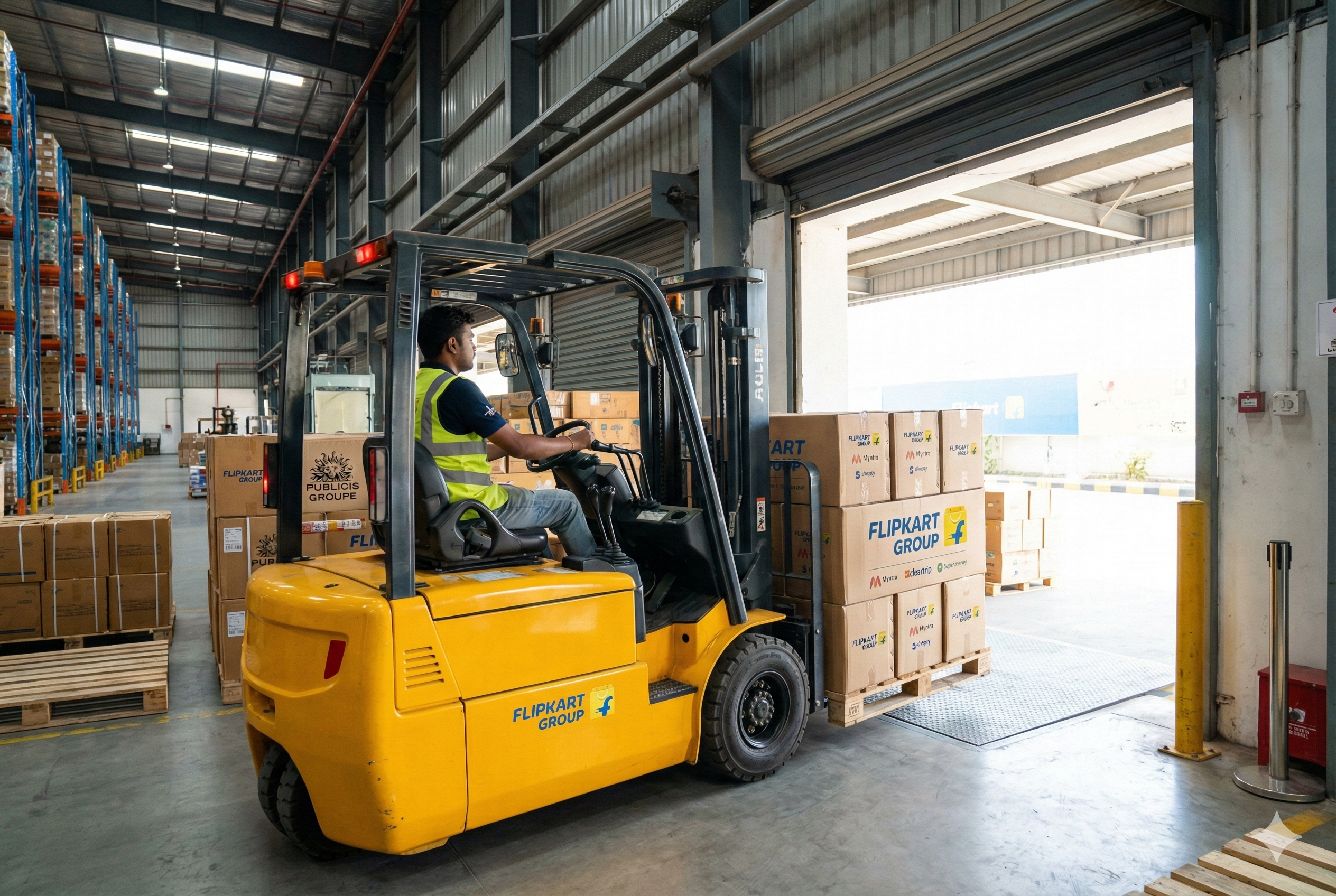MSL India, the strategic communications arm of Publicis Groupe, launched the ‘Make Way for Bharat Z’ report that decodes the lives of India’s Gen Z from tier 3 and 4 cities and offers insights into the consumer and spending behavior that make them stand out from their metro counterparts. It roped in the consumer pulse platform LocalCircles to reach 16,000 Gen Z respondents from 191 tier 3 and 4 cities across India.
83% of respondents selected print media as their top source of daily media consumption for information. This is largely due to the common practice of subscribing to vernacular and English newspapers in these households.
86% chose television as their main source of daily media consumption for entertainment. This doesn't mean they're disconnected from the social media era. In fact, 71% of Gen Z respondents in smaller cities regularly use social media for news updates.
This report showcases the diverse nature of India’s Gen Z and how they cannot be put in one box. To tap into this evolving consumer pulse, MSL has also launched MSL Mojo, an offering that empowers brands to create assets, which inspire and explore partnerships that evoke a sense of community to further accelerate brand voice. Offering solutions like influencer marketing, branded content, and community engagement, its suite of services promises to drive increased engagement and growth for brands.
Amit Misra, CEO of MSL South Asia, said, “Culture is the driving force shaping our future and Gen Z, with their vibrant energy, diverse perspectives, and digital fluency, are at the forefront of this cultural revolution. We wanted to create a culture engine that would shape opinions, emotions, and consumption and that’s how we came up with MSL Mojo, our culture engagement platform that will help brands navigate through these changing times.”
The report stated that there are 1.8 billion Gen Z globally and 47.2 crore in India, accounting for 27% of the population. However, the dichotomy in India’s Gen Z is clearly visible in the rural-urban divide. While Gen Z in tier 3 and 4 cities in India are digital natives and tech-savvy, they are also noticeably different from their metro counterparts.
With high-speed internet becoming commonplace in India's tier 3 and 4 cities, alongside new opportunities for entrepreneurship and employment, MSL expects a rise in spending by Gen Z in these areas over the next few years. Brands that tailor their products and services to meet the unique tastes of this expanding market will gain a significant advantage.
To attract this practical-minded group, brands should emphasise the functional benefits and value of their offerings. As online shopping continues to grow, it's crucial for them to enhance their digital presence to capture this audience.




